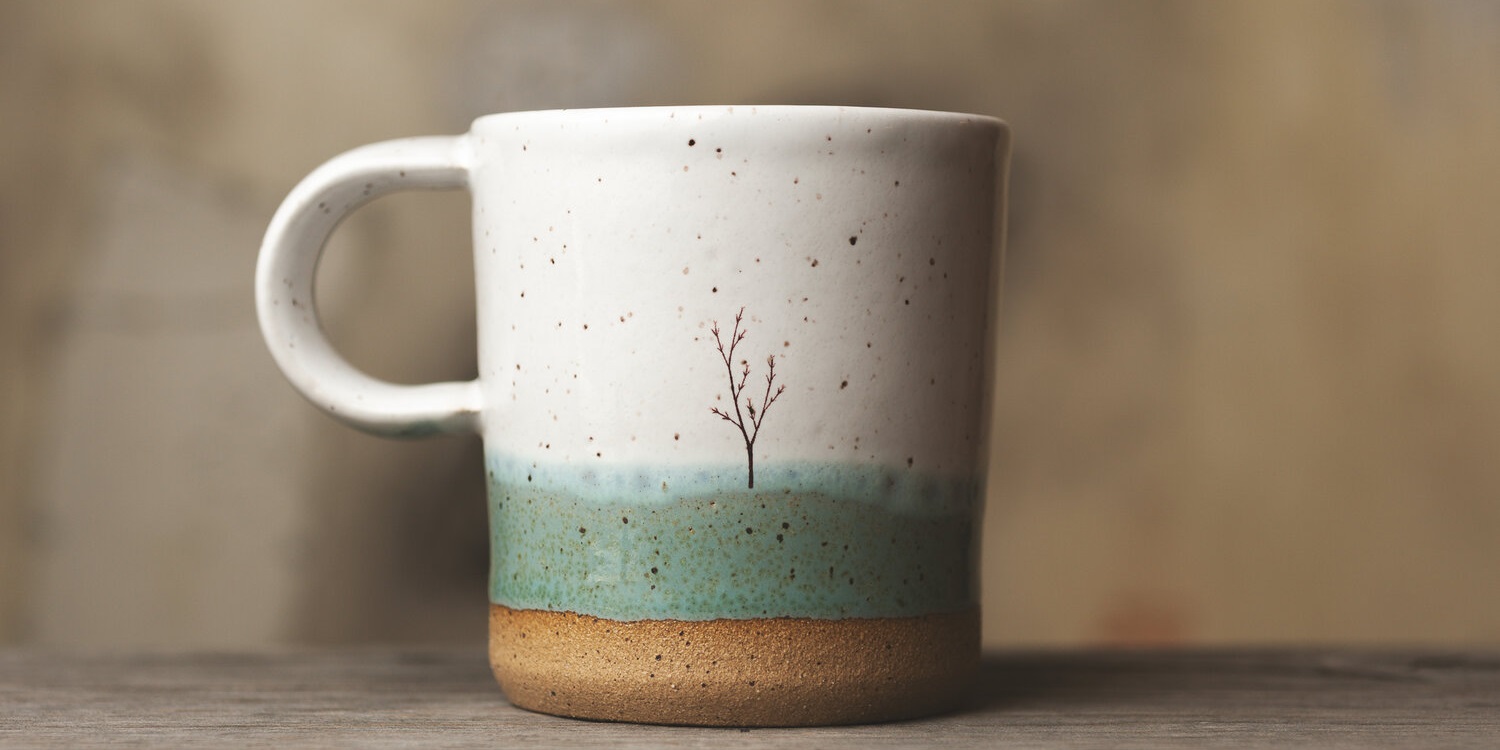Mugs play a crucial role in the coffee-drinking routine for many individuals. Apart from serving as a vessel for the morning coffee, they frequently carry sentimental value. It may serve as a reminder of a cherished vacation, a unique creation from a pottery class, or a gift from a close friend.
A Mug Is a Miraculous Item

Regardless of the sentimental or physical attributes of a preferred mug, it undoubtedly enhances the pleasure of one’s morning coffee. The coffee vessel of choice for some people is the one and only mug because people become so attached to their mugs that they don’t want to use any other. So, the question of whether this kind of attachment is excessive has arisen. Whatever people may think, most of them also have a favorite item, although it may not be a mug but a hat, spoon, or blanket. The reasons for cherishing basic items are well-explained by science.
Many people hold sentimental value in their coffee cups, and it may be difficult to let go of them. A 2021 study review found emotional attachment to objects increases with age and transitions. Additionally, the cup’s shape and color may affect how one perceives coffee’s taste and aroma. This can lead individuals to use the same mug every day, even with frequent washing.
Coffee Taste Changes

In 2014, a study of 18 participants found that the color of a coffee mug affects the perceived taste. The participants, with an average age of 32 years and including nine women, were served a 200 ml latte in a blue mug, white ceramic mug, or clear glass mug. They rated the coffee’s taste, with the white ceramic mug producing a more intense taste than the glass one.
In the second experiment, identical glass mugs with colored sleeves were used. The second experiment involved 36 volunteers, of which 30 women with an average age of 40, who drank a 200 ml latte in a glass mug with either a blue or white sleeve or no sleeve. Coffee in a white mug tasted less sweet than in a blue or unsleeved mug. The color contrast influenced the drink’s perceived intensity, making coffee in a white mug seem stronger and less sweet.
According to a study, a coffee cup’s shape affects the perception of taste and aroma. At a specialty coffee event, 276 participants rated their experience of the coffee’s aroma, sweetness, acidity, and overall enjoyment based on their cups’ shapes being open, tulip, or split-shaped. The study found that tulip-shaped cups enhanced the coffee’s aroma, while split cups intensified the coffee’s sweetness and acidity, supporting previous research that round shapes increase perceived sweetness.

Mugs are a varied lot, available in diverse shapes, sizes, and colors. Even though each person’s favorite mug is distinct, these scientific studies offer some clues as to why we all have an affinity for a particular one.